10Gbps Capable 5G Mobile Broadband Could Arrive as Soon as 2017
Most EU and UK telecoms regulators don’t expect the first commercial roll-out of future 5G capable Mobile Broadband services to happen until 2020 or later, but that hasn’t stopped Nokia and Verizon aiming for it to be launched far sooner.. in 2017! Field trials have already begun.
At present we still don’t have a clear standard for what 5G will become, although the International Telecommunication Union (ITU) has targeted a peak 5G performance capability of 20Gbps (Gigabits per second) under the IMT-2020 designation (shared capacity between many users). That’s roughly 20 times faster than the original expectation for 4G (IMT-Advanced) services.
Advertisement
However not even the ITU expects to have a firmly agreed standard ironed out until around 2018 and then it has the arduous job of trying to get everybody to agree a final specification by 2020, which in the mobile network business is rarely an easy task. Likewise most EU regulators, including Ofcom in the UK, don’t anticipate being ready with their spectrum and policy until 2020.
Strictly speaking 5G should be able to work in any consumer friendly radio spectrum band, such as 800MHz or 2.6GHz etc. However the best speeds are expected to come from far higher frequency spectrum, with Ofcom identifying several bands in different parts of the 6 – 100GHz radio spectrum range that could be candidates for the service (here). But this may require a more expensive network architecture in order to overcome some of the limitations with coverage from using higher frequencies.
Both Samsung and Nokia have previously demonstrated 5G tech using frequency bands like 28GHz (here) or 73GHz (here). Chinese firm Huawei and Japanese telecoms giant NTT DOCOMO have also shown that they could achieve 3.6Gbps of speed by using the sub-6GHz band.
We’re not waiting until 2020
But new mobile technology rarely waits for policy to come first, which is one of the reasons why the world is home to so many differences between mobile network technology, regulation and spectrum allocations. Unfortunately or fortunately, depending upon your perspective, it looks like we’re about to repeat the same process with 5G.
Advertisement
A number of major companies in the Mobile Network Operator business, specifically Nokia and Verizon, have been working within their own “5G Technology Forum” (this includes big names like Apple, Intel, Samsung, Qualcomm and Ericsson) to develop the components and technologies for future 5G services. But they’re not waiting until 2020 to deploy.
In fact they’ve just conducted a successful real-world outdoor “pre-commercial” 5G field trial at Verizon’s live Dallas-Fort Worth metroplex network in the USA. Apparently this network ran at both 73GHz and 28GHz in order to provide a “fixed wireless broadband” service that could achieve “speeds of multiple Gbps … with a spectral bandwidth of 1GHz and [around 1 millisecond] one-way air interface latency.”
Apparently one of the focuses of this trial was to test whether a wireless 5G connection could be used to replace a wired broadband service to residential and commercial buildings, with both outdoor and indoor penetration being tested. Coverage to a residential apartment also formed part of the test (the impact on signal of various building materials was being investigated).
Sadly we don’t get any crucial details, such the impact upon performance over distance (outdoors) or when going indoors. We do however know that a number of key technologies formed part of the trial, such as millimetre wave antennas, centimetre wave spectrum, beam-forming, beam-tracking and massive MIMO (multiple input, multiple output) and flexible antenna form factors.
Advertisement
In one part of the trial Ericsson was even able to harness beam-forming and beam-tracking in order to deliver a 10Gbps peak throughput, which is what most 5G developers are aiming to achieve. Naturally end-user performance will have to share this capacity between many users, which will slow the speeds, but it should still be a lot faster than 4G; assuming operators can fuel it with enough capacity and that’s another challenge entirely.
Samih Elhage, Nokia’s President of Mobile Networks, said:
“We are thrilled that Verizon continues its strong commitment to 5G. Nokia’s 5G solution will help Verizon virtualize services to subscribers and businesses, and eliminate cost and complexities of rollout and management of new services.
The data collected during the field trials and use cases is the next step for driving the 5G tests from the lab environment into a solution that will allow Verizon to transition from field trials to commercial deployments.”
At this stage the expectation of the above firms is that the first 5G-capable kit could be ready for deployment as soon as 2017, although much of this is likely to be used by operators as part of preparatory roll-out ahead of a commercial launch.
Similarly it will probably take a bit longer before the early consumer kit can be shrunk down to fit inside modern Smartphones and even then it will be a big battery life killer (much like early 4G kit).
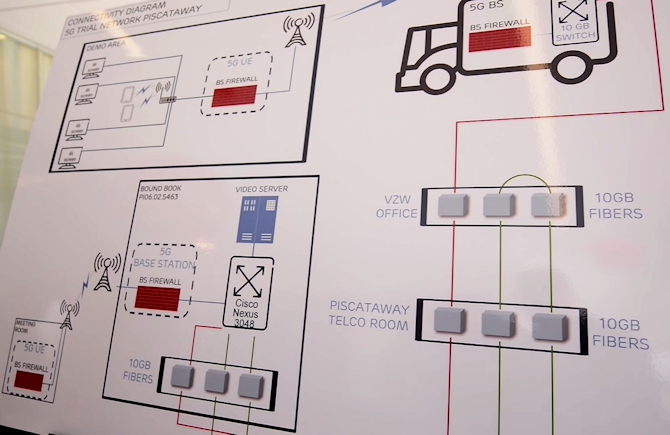
(An illustration from one of Verizon’s five 5G trials)
Even Nokia admits that they don’t anticipate global volume deployments of 5G happening until 2020, but we could still see some commercial roll-outs happening far earlier than currently anticipated. In the meantime Verizon are already testing 5G in five cities (USA) and selected customer trials are expected to start next year.
Verizon has also teamed up with their Asian counterparts (KT, NTT DoCoMo and SK Telecom) to form the “5G Open Trial Specification Alliance,” which is again aimed at speeding up the move towards 5G deployment around the world. So it appears as if 5G is coming sooner than we thought and the regulators aren’t even remotely close to being ready for that.
Mark is a professional technology writer, IT consultant and computer engineer from Dorset (England), he also founded ISPreview in 1999 and enjoys analysing the latest telecoms and broadband developments. Find me on X (Twitter), Mastodon, Facebook, BlueSky, Threads.net and Linkedin.
« Priston in North East Somerset to Get 100Mbps FTTP Broadband in April

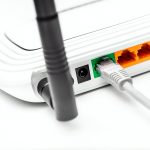
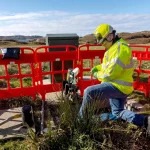
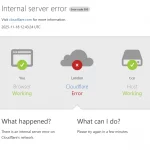


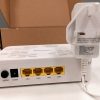










































Comments are closed